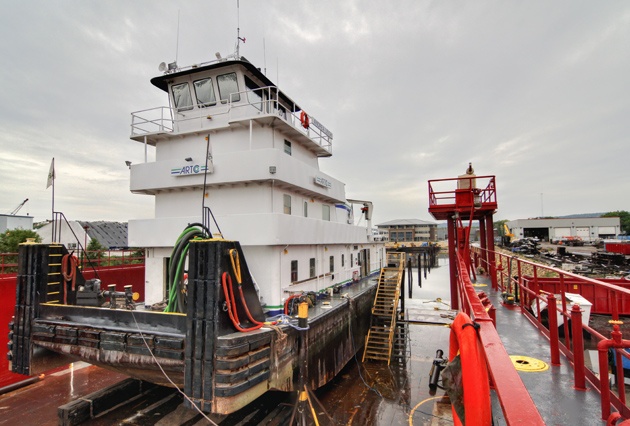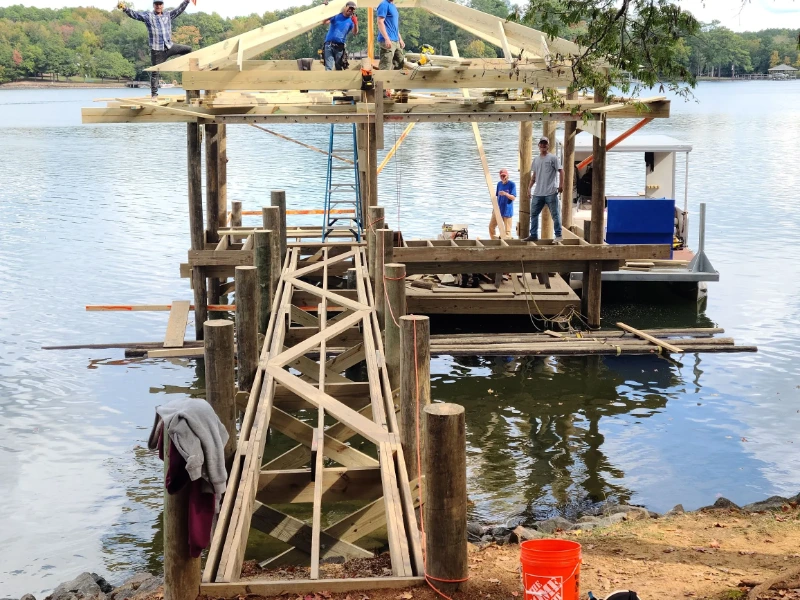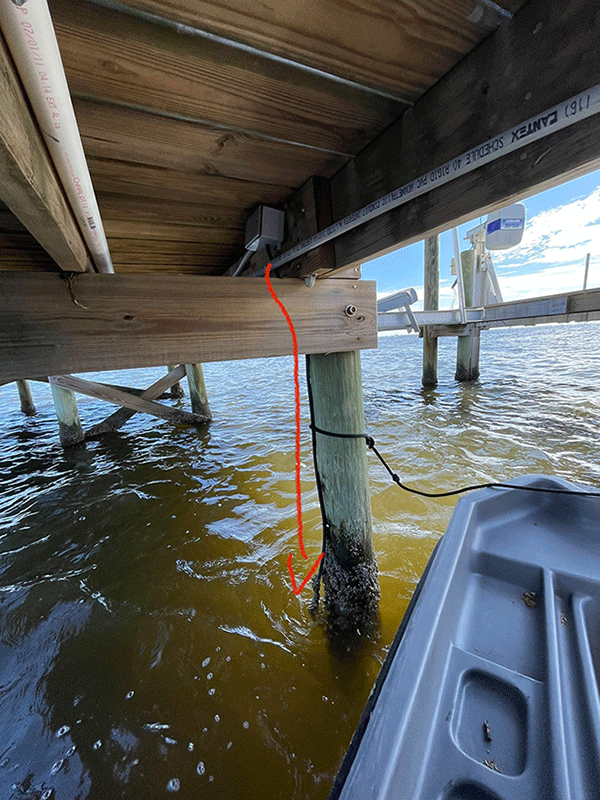How to Pick the Right Solution for Your Dock Repairs
How to Pick the Right Solution for Your Dock Repairs
Blog Article
Efficient Dock Repair Service Techniques: Making Sure Architectural Honesty
Guaranteeing the architectural stability of docks through effective repair strategies is paramount for the long life and security of marine centers. Subsequently, selecting the right repair service products, such as composite materials and corrosion-resistant alloys, is crucial for sturdiness.
Evaluating Dock Damage
Assessing dock damages is a vital very first step in ensuring the structural stability and safety and security of any kind of docking center. This initial examination includes a comprehensive examination to identify both hidden and visible problems. Key elements to take a look at include the dock's foundation, pilings, outdoor decking, and equipment. Each element has to be looked at for indicators of wear, rot, deterioration, or other types of degradation that might endanger the structural integrity.
Architectural engineers or certified inspectors typically carry out these analyses utilizing specialized methods and tools. For instance, underwater evaluations may utilize sonar devices or from another location ran lorries (ROVs) to spot immersed damages. Over water, visual assessments are enhanced by making use of moisture meters and various other diagnostic tools to discover underlying issues not promptly noticeable to the naked eye.

Finding Repair Materials
Picking the proper repair materials is an essential action in the dock restoration process, one that directly affects the longevity and performance of the fixed structure. Material selection have to be driven by aspects such as ecological problems, load-bearing demands, and compatibility with existing dock parts.
Along with wood, composite products are increasingly prominent due to their toughness and reduced upkeep needs. Composites, commonly made from a blend of plastic and wood fibers, use exceptional resistance to rot, insects, and UV damage. For steel anchors, picking corrosion-resistant alloys such as galvanized steel or marine-grade light weight aluminum is necessary to prevent corrosion and make sure structural honesty in saline water conditions.
Epoxy resins and marine-grade sealers are vital for repairing fractures and sealing joints, giving a water-proof barrier and boosting the dock's overall stamina. By carefully selecting top quality products, dock repairs can accomplish lasting results, thus guarding versus future deterioration and making certain risk-free, reliable usage.
Structural Support Techniques
Efficient architectural reinforcement strategies are critical in guaranteeing the stability and durability of dock repair work. One basic method entails using steel or composite support bars (rebar) within concrete frameworks. Rebar gives additional tensile strength, avoiding cracks and distributing loads a lot more equally. This approach is particularly efficient for docks revealed to heavy loads or severe environmental conditions.
Another essential strategy is the application of fiber-reinforced polymers (FRP) These products use high strength-to-weight proportions and excellent resistance to rust, making them perfect for enhancing concrete or wooden anchors. FRP can be used in sheets or strips and bound with epoxy materials to boost architectural stability.
Bracing and securing systems additionally play a vital duty in architectural reinforcement. Cross-bracing, making use of metal or wood light beams, can neutralize lateral forces, minimizing swaying and movement. Anchoring systems, such as helical piers or driven heaps, supply a stable foundation by moving loads to much deeper, much more steady dirt layers.
Last but not least, the integration of load-distribution plates can help i thought about this distribute weight a lot more equally across the dock's surface, alleviating local stress points. These techniques collectively make certain that docks continue to be robust and safe, efficient in withstanding the roughness of their operational environment.
Advanced Repair Approaches

One more sophisticated strategy involves underwater welding, which permits repair services to be performed without the requirement to dewater the area. This approach is specifically beneficial for addressing structural problems in submerged dock components, making certain marginal interruption to procedures. Improved welding methods, combined with robotic systems, supply precision and dependability, thereby extending the website here life-span of the dock.
Furthermore, cathodic protection systems are applied to avoid deterioration in metallic dock frameworks. By making use of sacrificial anodes or satisfied existing systems, these techniques efficiently alleviate the electrochemical procedures that lead to product deterioration.
Finally, progressed tracking innovations, such as structural wellness surveillance (SHM) systems, supply real-time information on the problem of dock frameworks. These systems make it possible for positive maintenance and prompt interventions, eventually making certain the long-lasting structural integrity of the dock.
Maintenance and Avoidance
Upkeep and prevention are essential principles that underpin the long life and safety and security of dock frameworks. Regular inspections are critical, enabling early discovery of deterioration, potential weaknesses, and environmental influences. A positive technique, including routine checks for deterioration, rot, and structural shifts, reduces costly repairs and prolongs the dock's operational life.
Preventative steps need to include using protective coatings to steel components to defend against rust and making use of treated wood to stand up to decay. Additionally, guaranteeing proper drainage and ventilation can protect against water build-up, which is a typical reason of structural destruction. Incorporating top quality products and adhering to producer standards during building and repair service phases likewise play essential duties in boosting sturdiness.

Training personnel in dock upkeep ideal methods makes sure regular application of preventative measures. Leveraging technological advances, such as drones for examinations and sensing units for real-time monitoring, can better improve upkeep efforts. By prioritizing maintenance and prevention, dock proprietors can make certain architectural stability, functional safety, and economical monitoring over the dock's lifespan.
Conclusion
To conclude, keeping the structural integrity of marine facilities necessitates comprehensive dock fixing strategies. Complete assessments utilizing innovative devices uncover both visible and hid damages, while the selection of ideal fixing materials improves resilience. Executing structural support techniques addresses tension points effectively. Advanced repair service methods, coupled with normal upkeep methods, make sure the dock continues to be risk-free and operational under varied environmental conditions. Embracing these methods substantially extends the life expectancy and performance of marine infrastructure.
Making certain the structural integrity of docks via efficient fixing methods is critical for the long life and safety about his of marine centers.Choosing the proper repair work materials is a pivotal step in the dock repair procedure, one that directly influences the longevity and performance of the fixed framework.Effective structural support methods are crucial in making sure the security and long life of dock repair work. By prioritizing upkeep and avoidance, dock owners can make sure architectural integrity, operational safety, and cost-effective administration over the dock's life-span.
In verdict, keeping the structural stability of marine facilities necessitates thorough dock fixing methods.
Report this page